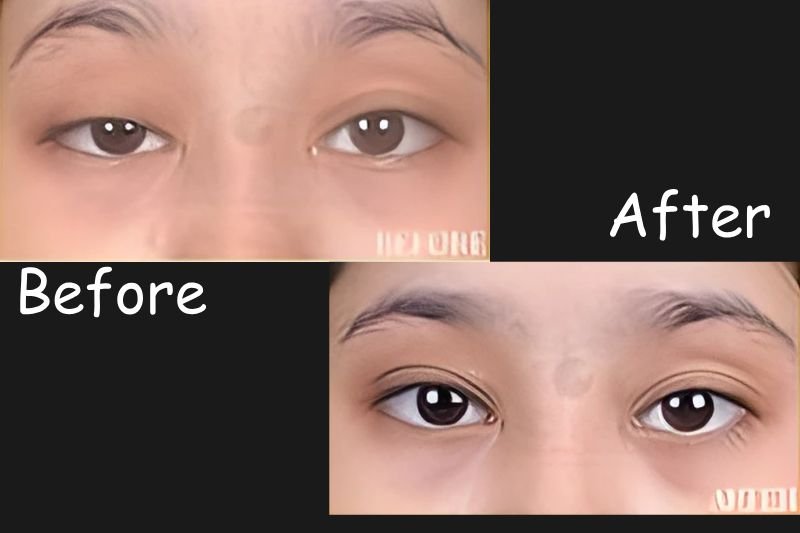NDP EyeCare | Dr. N D Patil | Dr. Gaurav Patil | Cataract | Glaucoma | Oculoplasty | LASIK
Our Latest Equipment is Best to keep your Vision perfect like Eagle!

What is Ptosis?
Ptosis, also known as drooping of the upper eyelid, is a condition where the eyelid falls lower than its normal position. It can affect one eye (unilateral ptosis) or both eyes (bilateral ptosis). The drooping may be mild and barely noticeable or severe enough to cover the pupil, leading to vision problems. Ptosis can occur at any age — from birth (congenital ptosis) to later in life (acquired ptosis).If you or your child are experiencing drooping eyelids, don’t ignore it. Early treatment can prevent vision problems and improve overall eye health.
Causes of Ptosis
Ptosis can develop due to various reasons:
- Congenital Ptosis: Present from birth, usually caused by underdeveloped eyelid muscles.
- Age-Related Ptosis: Weakening or stretching of the levator muscle with aging.
- Neurological Causes: Conditions affecting the nerves or muscles, such as myasthenia gravis or nerve palsy.
- Trauma or Injury: Damage to the eyelid muscles or nerves.
- After Eye Surgery: Sometimes occurs as a complication following cataract or LASIK surgery.
- Tumors or Growths: Rarely, lumps in the eyelid or surrounding area can cause drooping.
Symptoms of Ptosis
The signs and symptoms vary depending on severity:
Drooping of one or both upper eyelids
Difficulty keeping eyes open
Eye strain or fatigue (especially while reading)
Head tilting backward to see clearly
Double vision or blurred vision (in severe cases)
In children, delayed visual development or amblyopia (lazy eye)
Diagnosis
An ophthalmologist or oculoplastic specialist will perform:
Eye Examination: Checking eyelid position and movement.
Vision Tests: To evaluate visual impairment.
Neurological Assessment: To rule out nerve-related causes.
Imaging (if needed): MRI or CT scan in complex cases.
Treatment Options for Ptosis
Treatment depends on the cause and severity of eyelid drooping.
1. Non-Surgical Management
Glasses with a ptosis crutch (in mild cases)
Treating underlying neurological conditions
2. Surgical Treatment
Surgery is the most effective option for moderate to severe ptosis. Procedures include:
Levator Muscle Repair: Tightening or reattaching the eyelid lifting muscle.
Frontalis Sling Surgery: Using the forehead muscle to help lift the eyelid (common in congenital ptosis).
Eyelid Reconstruction: For cases caused by trauma or tumors.
Precautionsns for Ptosis
Follow post-surgery instructions carefully
Use prescribed eye drops/ointments
Avoid rubbing the eyes
Attend regular follow-ups with your doctor
Benefits of Ptosis Surgery
Improved vision by lifting drooping eyelids
Enhanced cosmetic appearance and facial symmetry
Reduced eye strain and fatigue
Better quality of life and confidence

